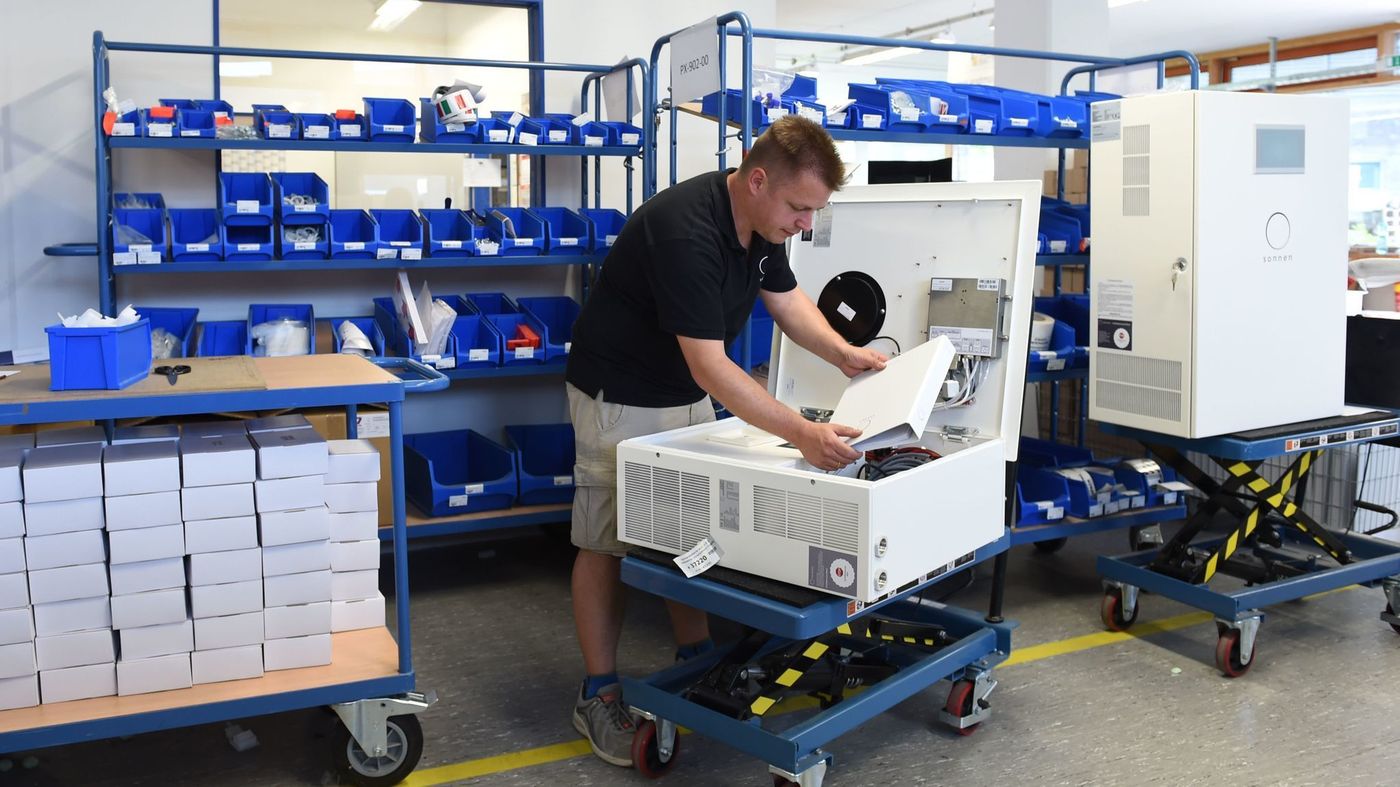
The battery boom is coming to China, California and basically everywhere else — and it will be even bigger than previously thought.
The global energy-storage market will surge to a cumulative 942 gigawatts by 2040, according to a new forecast from Bloomberg NEF published Tuesday, and that growth will necessitate $1.2 trillion in investment. Sharply falling battery costs is a key driver of the boom. BNEF sees the capital cost of a utility-scale lithium-ion storage system falling 52% by 2030.
But cost isn’t the only factor. Governments from China to California are spurring demand, as is the rise of electric vehicles and solar power. There’s also been a greater focus on storage for electric-vehicle charging as well as energy access in remote areas.
“Costs have come down faster than we expected,” said Yayoi Sekine, a New York-based analyst at BNEF. “Batteries are going to permeate our lives.”
Two important markets come into particular focus. China, which is building up its battery-manufacturing capacity, will be a central player in the boom. California, meanwhile, has pushed through a series of measures in recent years that will directly or indirectly spur more batteries, including legislation that would require all of the state’s electricity to come from carbon-free sources by 2045.
“Storage is just so sensibly the next step in the evolution of renewable energy,” said Edward Fenster, executive chairman of San Francisco rooftop-solar company Sunrun Inc. “If we’re going to get to 100% renewable energy, we’ll need storage.”
Here are six takeaways from the BNEF battery forecast:
• Annual energy-storage deployments are now forecast to exceed 50 gigawatt-hours by 2020. That’s three years earlier than BNEF’s outlook from just last year.
• Energy storage may be equivalent to 7% of the world’s total installed power capacity by 2040.
• The Asia-Pacific region will be home to 45% of total installations on a megawatt basis by 2040. Another 29% will be spread across Europe, the Middle East and Africa. The remainder will be in the Americas.
• The majority of storage capacity will be utility-scale until the mid-2030s. But then so-called behind-the-meter projects — installations at businesses, industrial sites and residential properties — will overtake utility-scale.
• A list of the leading battery countries is topped by who you would expect: China, the United States, India, Japan, Germany, France, Australia, South Korea and the U.K. South Korea dominates the market but will be overtaken by the United States early in the 2020s — and both will later be eclipsed by China.
• Storage is coming to developing countries in Africa, too, BNEF said, when utilities recognize that the combination of solar, diesel and batteries in “far-flung sites” is cheaper than extending the power grid or building a fossil-only generator.
